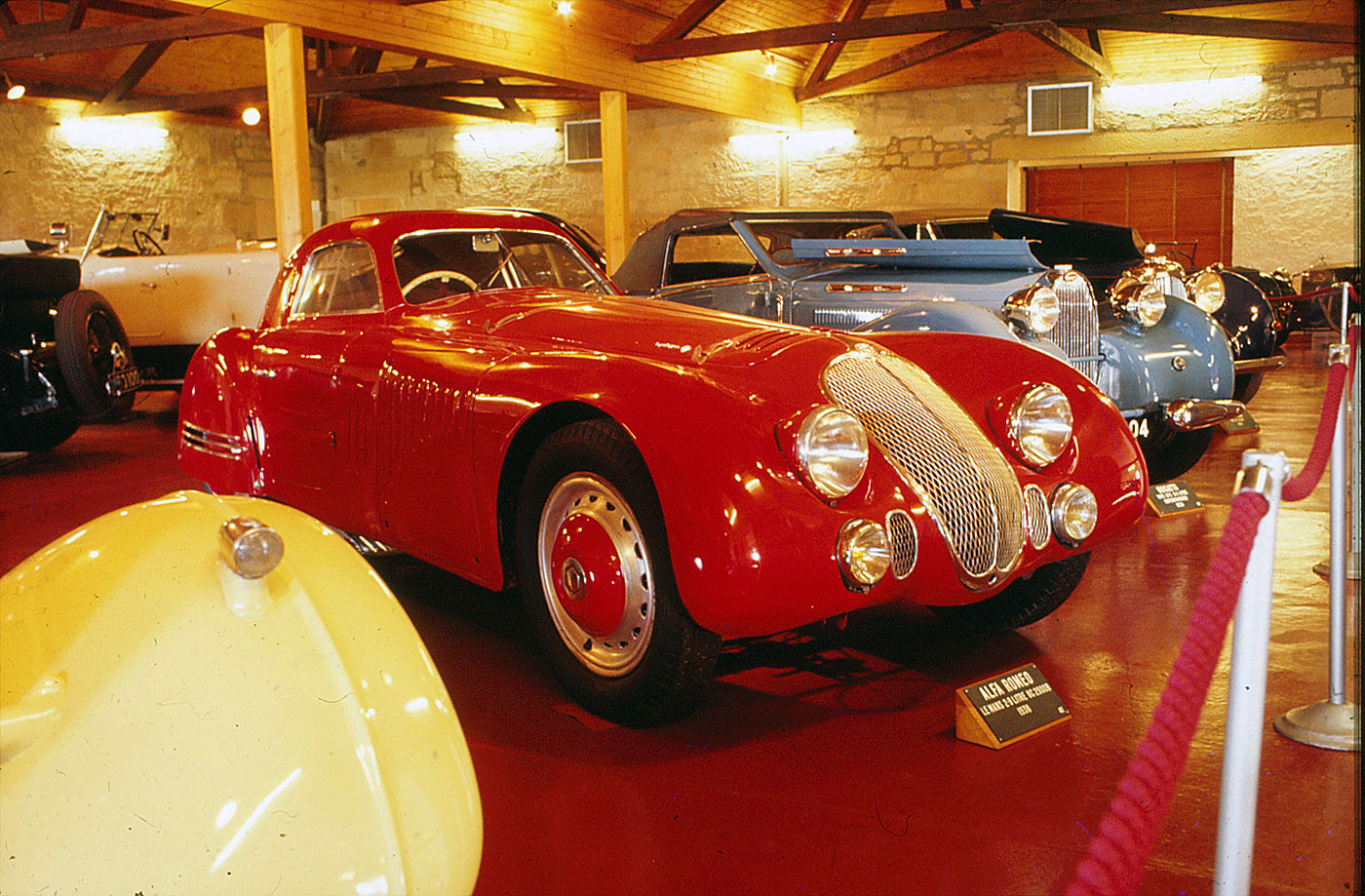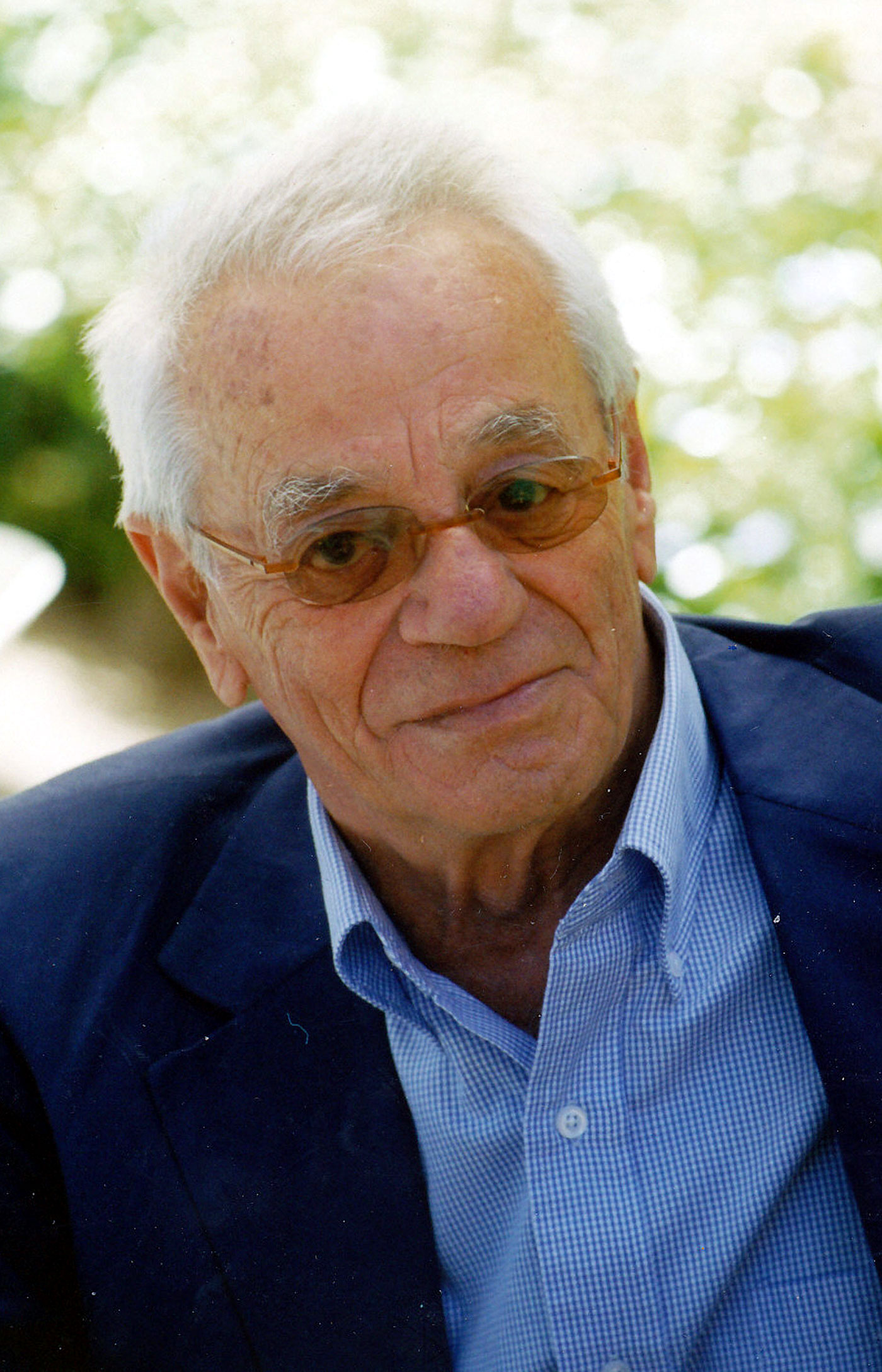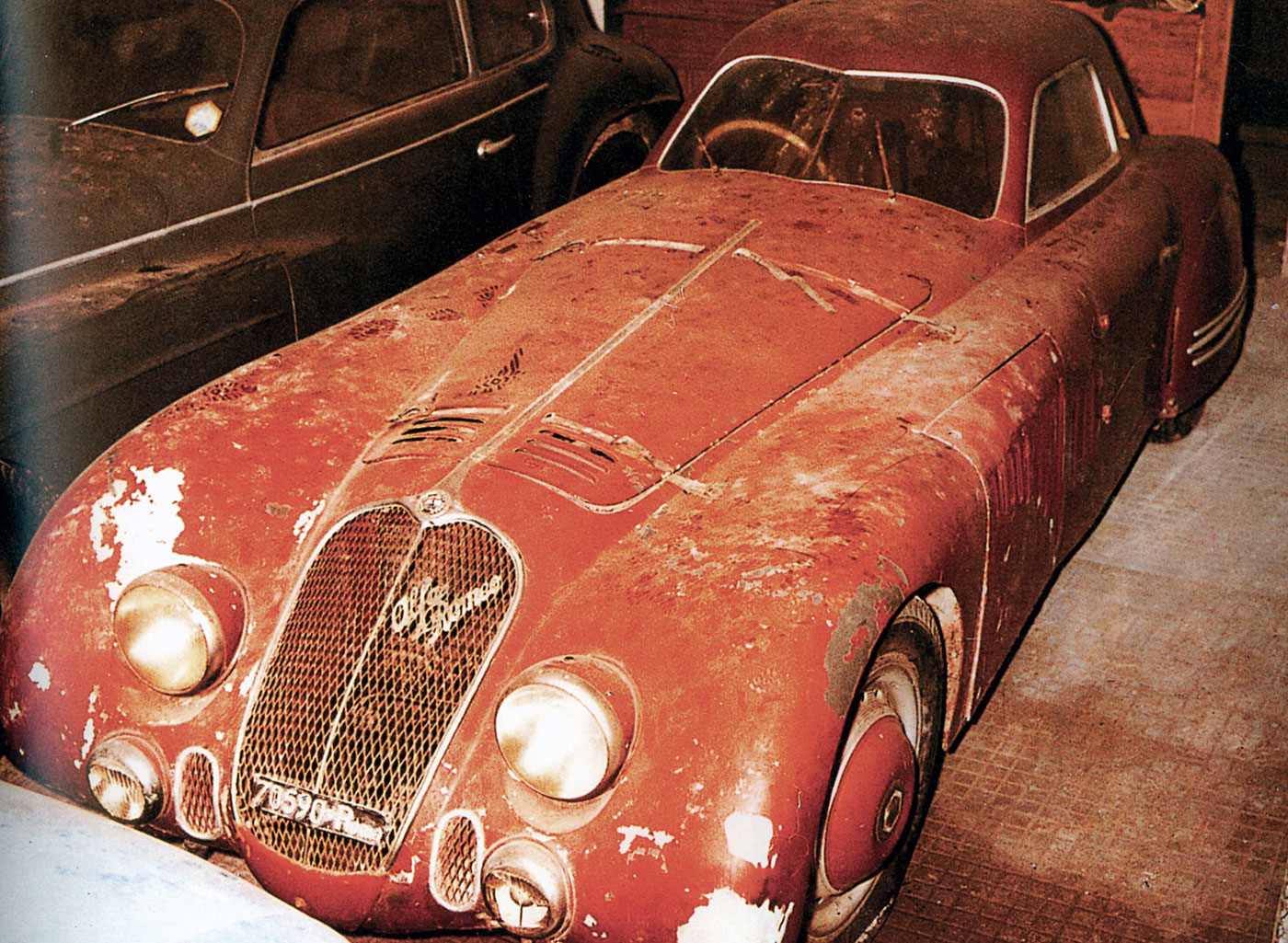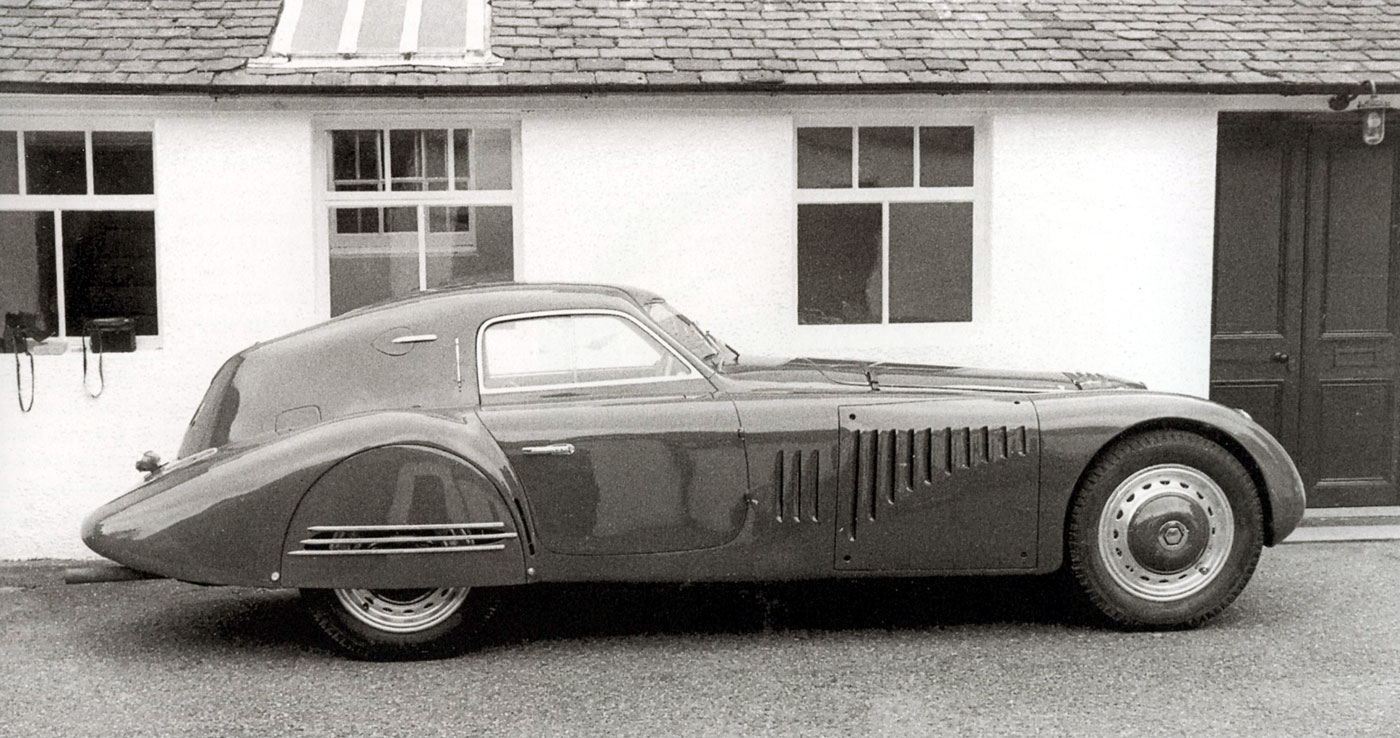By Graham Gauld
Photos by Graham Gauld unless otherwise noted
First published by VeloceToday in 2012. We have learned how Mike Sparken came into motor racing, his exploits with his very special Aston Martin DB3 and his Ferrari Monza, and how he had retired from racing after the British Grand Prix of 1955, where he drove a Gordini into seventh place. But what he did after he retired from racing would make him famous throughout the world…
Throughout his racing career, and later into his time with the Grand Prix Drivers Club, he met up with another well-known private entrant of the time who was born and spent his early life in Brazil and then moved to Paris; Hernano da Silva Ramos.
Hernano came from a very rich family in Brazil and started racing with an MGTC, which was one of forty he and his friends bought and started to race illegally on the public roads. This was stopped one day when they held a race in the streets of Rio and managed to block the Brazilian President’s entourage who were trying to drive back to the palace! Eventually Hernano’s family moved to Paris, and in 1951 Hernano visited Le Mans for the first time where he met the Aston Martin team. As was the case with Mike Sparken, it was Peter Collins who then introduced Hernano to John Wyer.
“After the race we all went back to Paris and to a night club with the team and Peter Collins. At five o’clock the next morning we had an impromptu race around the Etoile at the top of the Champs d’Elysee.
“It was Peter who introduced me to John Wyer of Aston Martin and I bought a DB2 and started racing in Europe with it.
“Not long after I had the Aston, I met Mike Sparken for the first time and he told me he loved my car and asked if I would mind if he also ordered one in the same color. Later still, my wife and I drove down to Antibes in the South of France. As I drove down the narrow streets, you could hear the noise of the Aston coming off the buildings and a guy stopped me. It was Mike who said ‘I knew it was you, I heard you coming! I have just taken delivery of my DB2 so now we have the only two Aston Martin DB2’s in France’.
“Mike and I started racing together and we took the Astons to Montlhéry but the Ferraris were faster. As Mike was more mechanical than me we changed the gears and the rear axles and we used to slipstream each other to keep up with the Ferraris, and because we had better brakes we sometimes could beat them.”
In 1954 when Nano (a nickname for Hernano) entered his later Aston Martin DB2/4 for Le Mans, Sparken took the more powerful DB3S engine out of his Vignale-bodied Aston Martin and loaned it to him.
Da Silva Ramos was then approached by Gordini to drive their factory sports cars, so he and Mike went their separate ways. This author has a feeling that it was probably Nano who put in a word with Gordini about giving Mike a drive in the British Grand Prix in 1955. It was his last race. Mike Sparken never raced a car again, but as we shall see it did a lot of demonstrations with a later project.
Sparken went on to own a number of interesting cars. One of these, bought in the early 1970s, was one of the original first series 275GTB/C lightweights – s/n 6701. This car was built in 1965 and was one of three lightweights called the Le Mans Specials. This car passed through a number of hands including Len Potter in the UK who sold it to Sparken. The car later passed to Hong Kong’s Brandon Wang, John McCaw and Chris Cox.
Then came a project that not only intrigued him, but made him famous around the World in historic racing circles; the first private person to own an Alfa Romeo 158 Alfetta.
The story really begins in 1938, when Alfa Romeo decided to build a 2900 Berlinetta to race at Le Mans. They took 2.9 liter spider chassis number 412033 and sent it to Touring in Milan to design and build a streamlined coupe.
This was an interesting challenge, for as usual the Le Mans organisers had some complicated regulations. Nevertheless, the car was completed on time; it was spectacular to look at, with its long louvered hood, headlights and additional spotlights. Though the car was originally fitted with spats over the rear wheels these were not used at Le Mans, but stayed with the car in later life. The drivers were to be Raymond Sommer and Clemente Biondetti, who would have to be shoehorned into the tiny cockpit of the berlinetta.
In the race the car was a sensation, at one stage leading by an amazing eleven laps! Then Sommer had a front tire burst at maximum speed on the Mulsanne straight, and was lucky to be able to control the car and nurse it back to the pits. Biondetti took over, as Sommer was clearly shocked by what had happened, but the engine broke a valve and the car was out. (My own personal opinion is that in the bang when the tire burst, Sommer may have instinctively dipped the clutch thinking it was the engine, damaging the valves in the process, but that is just an opinion).
The car went back to Alfa Romeo and stayed there, untouched and unraced. The full story of this car in detail is told in Simon Moore’s monumental work “The Immortal 2.9” (Parkside Publications Inc ISBN 978-0-9820774-0-5. You can buy it right here)
We now jump to 1968. The Alfa 2.9 coupe had gone to Rome at the start of World War II and was bought and sold by a number of Italian owners, until that Bergamo wizard at finding cars, Corrado Cupellini, found it in a garage in Rome in a pretty sad looking state. He phoned his friend Count Johnny Lurani and they bought the car and brought it back to Lurani’s Castello to work on it.
To their joy, they were able to clean it up and get it running again and advertised it for sale. The ad was seen by Colin Crabbe, another expert at uncovering old treasures.
Colin immediately dashed to Italy, saw the car then tried to climb into the tiny cabin. As Colin is a product of a good life, he simply could not get into the driver’s seat! Eventually, by taking the seat out, he was able to squeeze into it and, sitting on the floor of the car, drove it for the first time and handed over the money. Later, Corrado told me he expected Colin to have a trailer or transporter to cart it back to England; but no, Colin insisted he wanted to DRIVE the car back to England and set off about his journey.
The dream didn’t last; the car broke down in Italy and eventually was shipped to England.
Colin Crabbes’ plan was to race the car in historic events in England where he felt sure the Alfa would blow everything else into the weeds. However, when he looked at the regulations for the English historic races of the time, he found that they would not accept a closed car in the historic class in which he wanted to race. Disappointed, Colin put out the word and a dealer friend and racer, Danny Margulies, was able to sell the car to Lord Doune in Scotland.
As the engine block was damaged it was now a non-runner, but Lord Doune had also taken delivery of two English-made Ashby cylinder blocks and the plan was to get his man Raymond Fielding, to rebuild the engine. That never happened as other projects got in the way.
I helped Lord Doune with the history of the car and so had plenty of time to look at it closely. The inside was certainly claustrophobic, not helped by the fact that the rear window, which was the only way to see out of the back, was almost horizontal and so looking in the mirror above the dash you could see very little. Frankly, it must have been a brute of a car to drive at Le Mans. Also the rear spats had been replaced which gave it an even more rakish look.
Eventually, Lord Doune decided he did not want to continue with the car and phoned Danny Margulies who took the car back into stock and sold it to none other than Mike Sparken.
What must be remembered is that this car was unique, the only Alfa Romeo Berlinetta built for the 1938 Le Mans, and I honestly believe Lord Doune never realized how important the car was.
Sparken, however, did. He spared no expense to have it taken apart and rebuilt by Paul Grist. The engine was sent to Tony Merrick and he did a wonderful job on it, but nothing compared with the refurbished bodywork done by Grist. When I had seen the car in the Doune collection, the grille was wrong, it looked like chicken wire rather than the elegant egg-box grille of the original. As restored by Grist, the car turned out to be stunning and was road-taxed for use in England.
But Mike Sparken had a plan in mind…




